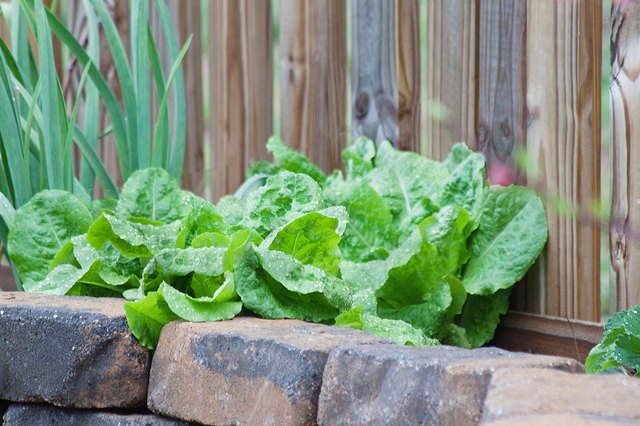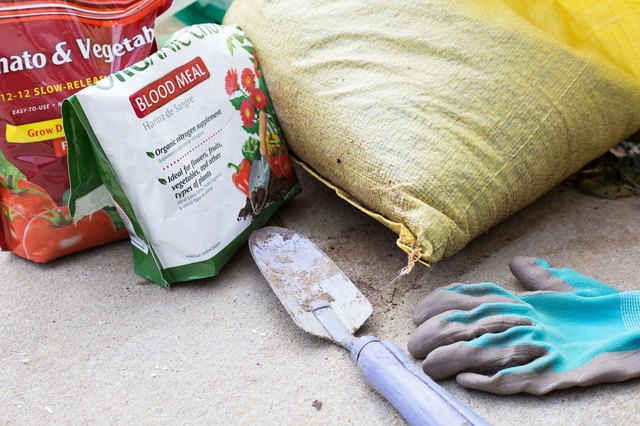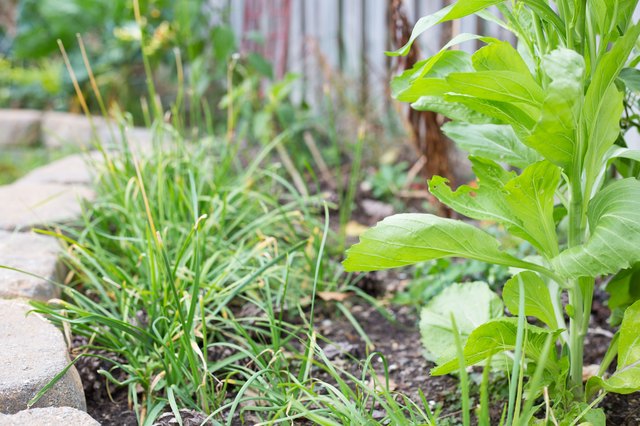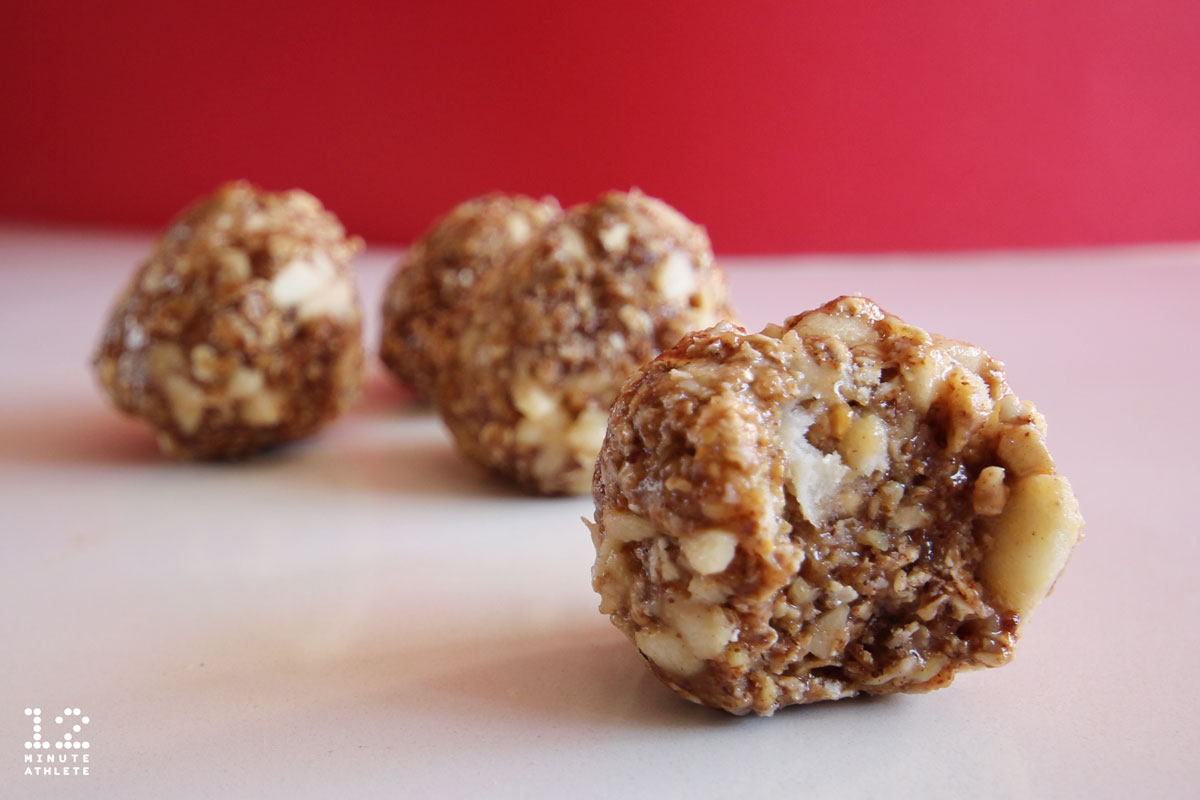Possibly you’re at a healthy weight, albeit above your dream weight, but those pesky 5-10-15 pounds are still lingering. Why? Are you just dreaming too big and searching for something that is out of reach? If you’re at a healthy weight, this might be because the body likes to maintain a stable weight, also known as set-point weight. While your body’s set point can be adjusted, it can take some time to get there.
As you are losing weight, it can be tempting to cut calories too low to shed pounds faster. The down side to this technique: your muscle can be used as energy and this gradually slows your metabolism to spare energy. Whether you find yourself above your body’s natural set-point weight or if you’re hard pressed to lose those vanity pounds, here are 10 ways to overcome a weight-loss plateau.
1. Adjust your calorie intake. As you lose weight, your metabolism can drop because your body requires less calories or “energy” to fuel a smaller you. The calorie intake that you initially had when you began your weight-loss journey will need to be adjusted to match your body’s current needs for weight loss. Make sure to revise your calorie goal in MyFitnessPal every 10 pounds or so.
2. Focus on quality. Busting through a weight-loss plateau is more than calories in and calories out. Processed foods won’t cut it anymore, thus quality whole foods like vegetables, beans, high-fiber fruits and lean proteins are needed for your engine to burn body fat.
3. Rotate your routine. Slugging away on the treadmill for the past four months? It’s time to change up your workouts. The muscles become familiar with the same old workout, making your regular routine less effective. To see a change in body fat, you have to get outside of your fitness comfort zone. High Intensity Interval Training (HIIT) has been shown to burn body fat effectively. Try doing speed work at the track, a boot camp class at the gym, or alternate walking and running intervals. Note: Just progress slowly and deliberately when incorporating high-intensity exercise into your routine. Doing too much too fast can leave you too sore, tired or even injured.
4. Beware of clean-up duty. An extra bite here, a little nibble there. Those calories DO count, even if they aren’t on your plate. Mindlessly munching on the kids’ (or spouse’s) leftovers during clean up seems harmless, but resist the snack urge because it might be what’s keeping you from seeing results.
5. Know your numbers. If you’ve been watching what you eat and exercising more and your weight is not budging, consult with your doctor to rule out any underlying medical conditions that could make it difficult for you to lose weight.
6. Sleep. A full night’s sleep is vital to losing body fat because it resets your hormones. Even a little sleep deprivation can lead to increased cortisol, a stress hormone. Elevated cortisol levels can lead to body fat accumulation around the midsection.
7. Keep a closer eye on your caloric needs. Research has shown that people often overestimate how many calories they burn during exercise, and underestimate how many calories they eat. To better approximate your caloric needs, use the MyFitnessPal basal metabolic rate calculator to learn how many calories you burn a day if you did nothing but rest for 24 hours. Use your basal metabolic rate as a benchmark to subtract the approximate number of calories burned during activity. Keep in mind that the number of calories burned during activity can vary.
8. Flush with fluids. Keep your hydration in check since the body will often crave food when you are even mildly dehydrated. Symptoms of dehydration are similar to symptoms of hunger, so it’s easy to confuse the two. Aim to drink 80-100 fluid ounces (2.35 liters) of water per day plus additional fluids lost during activity.
9. Increase muscle mass. Want to burn more calories at rest? Lift (heavier) weights and follow a strength-training program to build muscle. The more muscle you have, the more calories you burn, and the more body fat you’ll shed.
10. Eat more protein. Protein has the highest thermic effect of food, meaning eating protein burns more calories during digestion. Protein also contains an amino acid, leucine, that numerous research studies have identified as a potent catalyst for burning body fat.
Put these tried and true tips into action, and soon you’ll be saying, “What weight-loss plateau?”
Source: MyFitnessPal






























